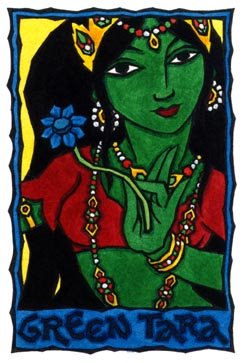One Thing Leads to Another

It was clear from a young age that our first child was different. Speaking his first words at 6 months and sentences at 8 months, he taught himself to read when he was 3. How did we find out he could read? No "CAT" or "HOP" for him. On a visit to Boston Harbor he turned to us and asked, "Why does that boat say Lexington? Lexington is a town."
Proud? Well, sure. But my husband and I were also freaked out. We knew that this meant he would soon be smarter than us -- and I mean SOON. As he grew we knew we had to balance out his public school experiences with opportunities to hang out with his people. And we are lucky enough to live near a place where his people tend to mingle. The place my son proclaimed it no fair that you had to be big to go to -- the place, he cried, that should have a kindergarten: Massuchusetts Institute of Technology (MIT).
One MIT gig that we have made a tradition is MIT FAT. What is a MIT FAT, you ask? It is an event held on the Friday After Thanksgiving -- and a day in which people come far and wide to show off chain reactions they have made. These chain reactions need only start and end with a string pull, but can do anything in between (well, I think there are rules about fire, explosives, and too much liquid). Once folks set them up, the chain reactions are connected to one another to create a system that fills a gym. Its like one gigantic Rube Goldberg-type device, and is incredibly fun to watch -- but what is even more fun for my boy is the chance to chat with folks who think about the same kind of things he does.
At the latest event, last month, I found him talking with a teen-ager about the guy's choice to have part of his chain reaction feature a figure depicting Loiuse Pasteur getting dunked in milk, while a figure depicting Sir Isaac Newton got run over by a huge rolling apple. The teen-ager said, "It's just supposed to be funny."
"Huh," my boy (10 years old these days) said with a straight face. "Seems more ironic than funny." To which they both busted out laughing. I just watched, a stranger in a strange land.
Then, it was announced that the Master of Ceremony was Arthur Ganson.
"ARTHUR GANSON!" my son cried. "Mom! Look! It's Arthur Ganson!"
I felt like an old lady in a pillbox hat peering at the Beatles on Ed Sullivan. "Who is Arthur Ganson?" my silly, unscientific-self asked.
And bless my son, he told me. Ganson is a scientist/inventor/sculptor who creates what can only be described as beautiful machines. Here is one: Ganson's Machine with 23 Scraps of Paper.
In yet another example of how great it can be when he gets to hang with his people, my son hustled up to the MC and asked excitedly, "Can I have your autograph, Mr. Ganson?"
It was clear the man had never been met with such a request before. "Sure," he finally said, and kindly did so.
Now my kid has Arthur Ganson's autograph in his room. And when he closes his eyes at night I can only imagine what he is seeing.




